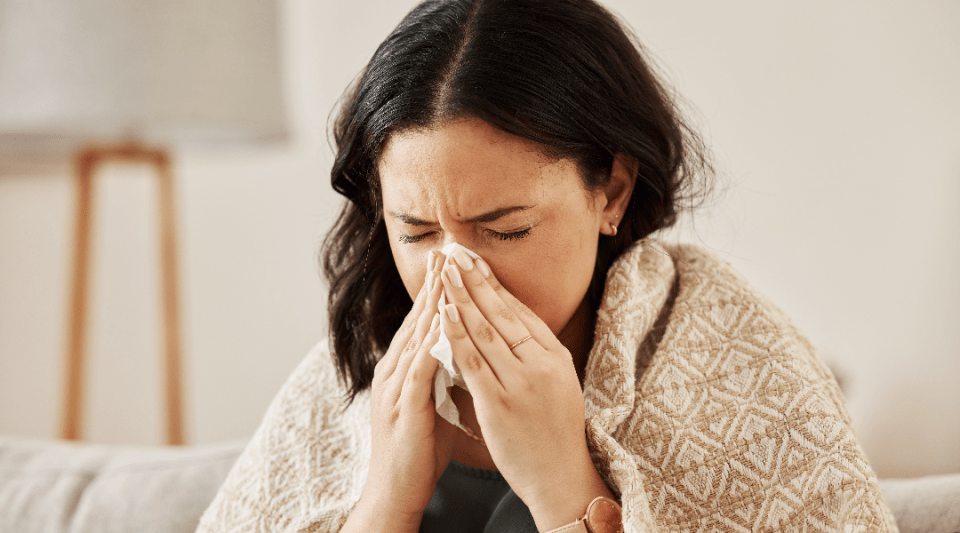The increase in temperatures recorded in recent years, as a result of climate change, will not prevent repeated episodes of extreme cold from occurring in the coming decades. Therefore, you have to be prepared and aware of the risks that low temperatures can pose to your health, as they are responsible for a large part of hospital admissions, emergency visits, outpatient consultations and deaths that occur during the winter.
And it is well known that, when the cold weather arrives, so do various diseases such as the flu and other viral conditions. However, low temperatures can also impact other, lesser-known aspects of health. To understand better, we have to start from the fact that, when the body is exposed to cold, a series of physiological changes occur, aimed at maintaining a stable temperature (around 37ºC).
Cold and cardiovascular diseases
Among these changes that the body experiences are an increase in sympathetic tone, blood viscosity and pressure and heart rate. All of these outcomes cause stress for the body, such as its demand for oxygen, which can lead to serious health problems, especially in vulnerable people. So many people with a cardiovascular history are more likely to experience complications derived from low temperatures and the cold.
In fact, several studies report a relationship between exposure to low temperatures and an increase in mortality. Some of these studies have concluded that 5.5% of deaths are due to the cold in our environment. Another study, carried out in Barcelona, showed a 25% increase in mortality in people over 65 years old on the coldest days of the year.
The main causes of these deaths are related to cardiovascular diseases, such as ischaemic heart disease and heart attacks. In fact, the cold causes vasoconstriction, a narrowing of the coronary arteries and a decrease in cardiac output.
The cold and respiratory conditions
A drop in temperatures can also lead to an increase in respiratory conditions and a worsening in those patients with underlying respiratory diseases, such as Chronic Obstructive Pulmonary Disease (COPD) and asthma. This is due to the fact that cold, especially when dry, reduces the ability of the cells that line the respiratory tract to respond to the entry of viruses; thus increasing the risk of experiencing respiratory infections.
Socioeconomic status also plays an important role in how low temperatures can affect health. For example, in addition to those with cardiovascular and respiratory vulnerabilities, some people are part of a group living in a situation of energy poverty.
INFORMATION DOCUMENTED BY:
Dr. Elisenda Gómez-Angelats, specialist in Internal Medicine in the Emergency Department at the Clínic Barcelona hospital.






